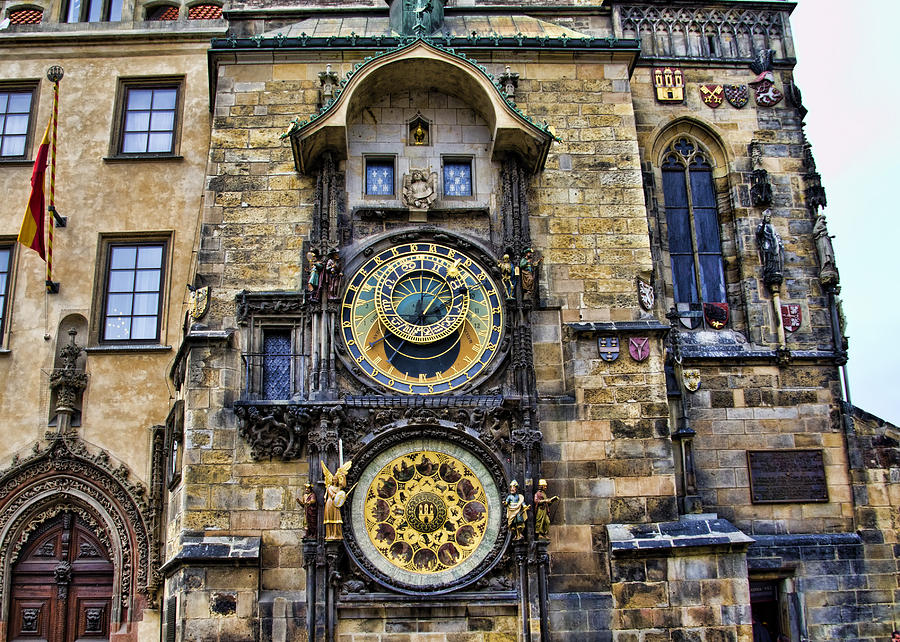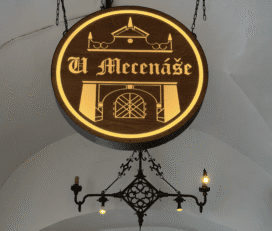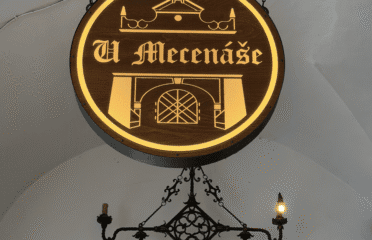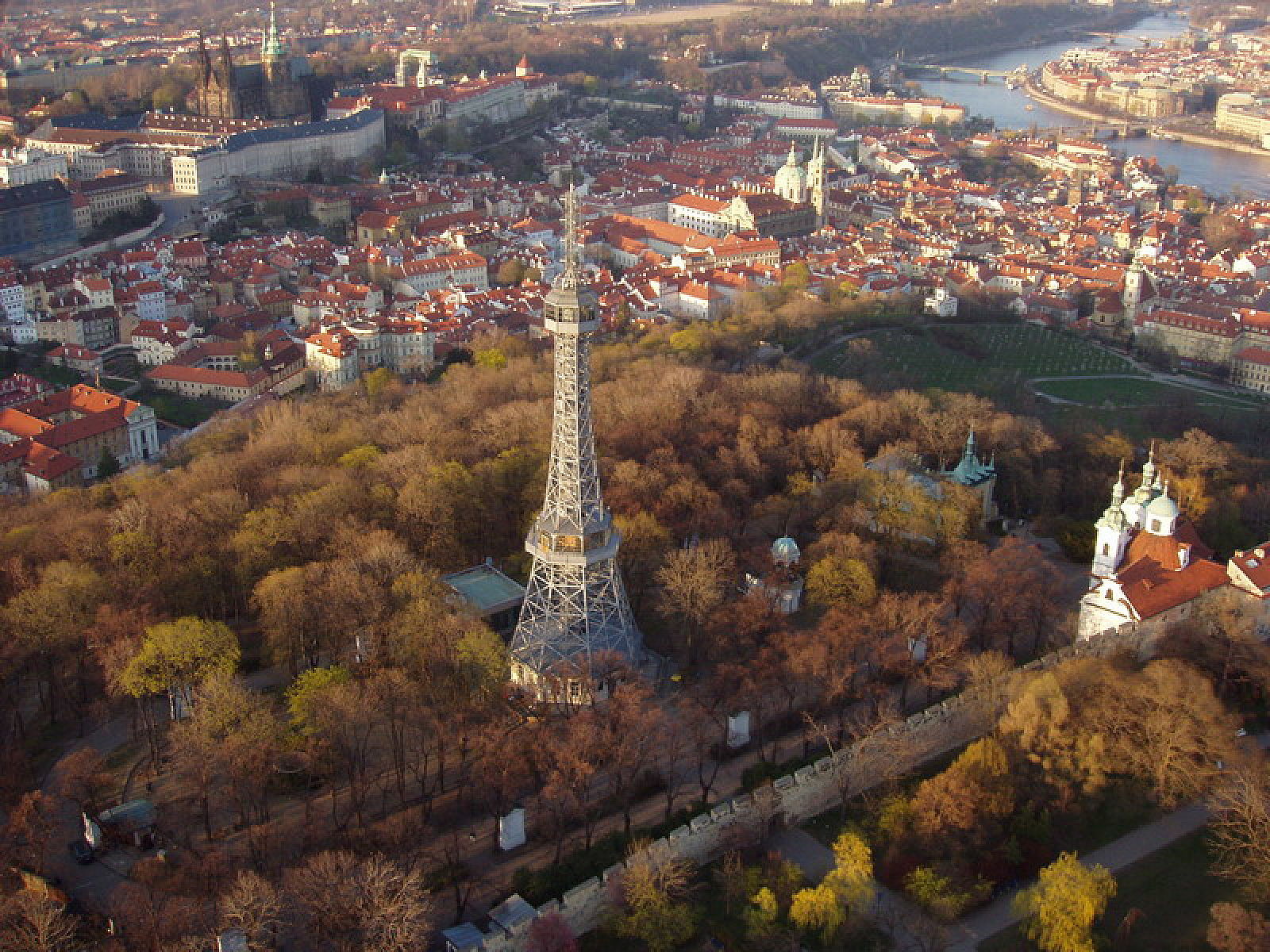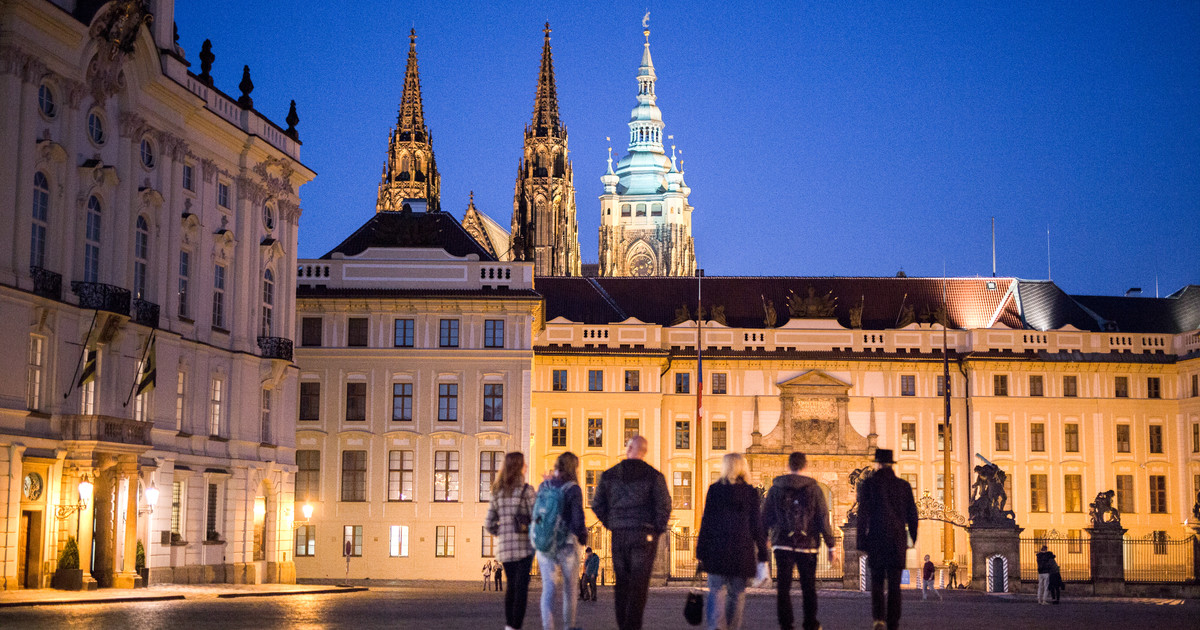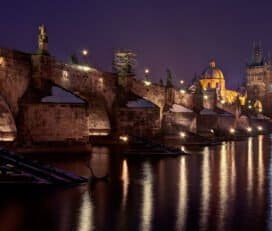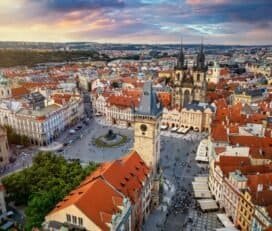Prague Astronomical Clock – Prague, Czech Republic
Overview
The Prague Astronomical Clock (Pražský orloj) is one of the city’s most iconic landmarks and a masterpiece of medieval engineering. Installed in 1410 on the southern wall of the Old Town Hall, it is the oldest working astronomical clock in the world. Every hour, crowds gather in the Old Town Square to witness its famous procession of the Twelve Apostles and animated figures. More than just a timepiece, the Orloj displays astronomical details, including the positions of the sun, moon, and zodiac signs. Beautifully restored, the clock is a symbol of Prague’s Gothic and Renaissance heritage, attracting millions of visitors each year.
Why Visit
- See the world’s oldest functioning astronomical clock in action
- Watch the hourly “Walk of the Apostles” procession
- Admire the clock’s intricate design blending Gothic and Renaissance art
- Learn how medieval timekeepers tracked celestial movements
- Enjoy the lively atmosphere of Prague’s Old Town Square
Highlights
- The Apostles’ Procession: Wooden figures of the Twelve Apostles appear every hour
- Animated Figures: Watch Death (a skeleton) ring the bell, Vanity gaze in a mirror, and other symbolic characters move
- Astronomical Dial: Shows the sun, moon phases, and zodiac positions
- Calendar Plate: A decorative dial with medallions for each month painted by Josef Mánes in the 19th century
- Old Town Hall Tower: Climb or take the elevator for panoramic views over Old Town Square
History & Cultural Significance
The Prague Astronomical Clock was first installed in 1410 by clockmaker Mikuláš of Kadaň and astronomer Jan Šindel, making it the oldest working clock of its kind. Later, in the 15th century, the calendar dial and Gothic decorations were added, followed by the Renaissance wooden apostles in the 17th century. The clock has survived wars, fires, and even near destruction during World War II. Over centuries, it has been carefully restored to preserve both its functionality and artistic beauty. For Prague, the Orloj is more than a timepiece—it is a cultural treasure symbolizing the city’s scientific achievements and artistic legacy.
Typical Costs & Tickets
Viewing the Astronomical Clock from the Old Town Square is free, making it one of Prague’s most accessible attractions. However, to see the clock’s inner mechanisms and climb the Old Town Hall Tower, visitors must buy tickets. Entry costs about 250 CZK (€10) for adults, with reduced prices for students, children, and seniors. The tower can be accessed by stairs or elevator. Guided tours of the Old Town Hall, including the underground chambers and the clock, cost extra but offer deeper insight into the site’s history.
Best Time to Visit
The clock’s procession takes place every hour from 9:00 AM to 11:00 PM, and it’s one of the most popular tourist events in Prague. Crowds are thickest between 11:00 AM and 6:00 PM, so early morning or late evening visits provide a better chance to watch with fewer people. Visiting during winter or shoulder seasons also ensures a less crowded experience. For the best photos, try early morning light when the square is still quiet, or at night when the clock is illuminated.
Nearby Experiences
The Astronomical Clock sits in Prague’s Old Town Square, surrounded by historic landmarks. Nearby attractions include the Church of Our Lady before Týn, the St. Nicholas Church (Old Town), and the Klementinum with its famous Baroque library. Visitors can also stroll along Charles Bridge, just a short walk away, or explore the Jewish Quarter. The square itself is filled with cafés, restaurants, and seasonal markets, especially during Christmas and Easter.
Travel Tips
- Arrive 10–15 minutes before the hour to secure a good spot for the procession
- Visit the Old Town Hall Tower for close-up views of the clock and sweeping city panoramas
- Consider a guided walking tour for insider stories and legends about the Orloj
- Be cautious of pickpockets in crowded areas around the square
- Combine your visit with nearby attractions to make the most of your time in Old Town
Fun Facts & Local Legends
- Legend says the city blinded master clockmaker Hanuš to prevent him from replicating the Orloj elsewhere
- The skeleton figure represents Death and strikes the bell to remind viewers of life’s fragility
- The Astronomical Clock is the third oldest in the world and the oldest still in operation
- In 2018, the Orloj underwent a major restoration to return it to its original medieval look


